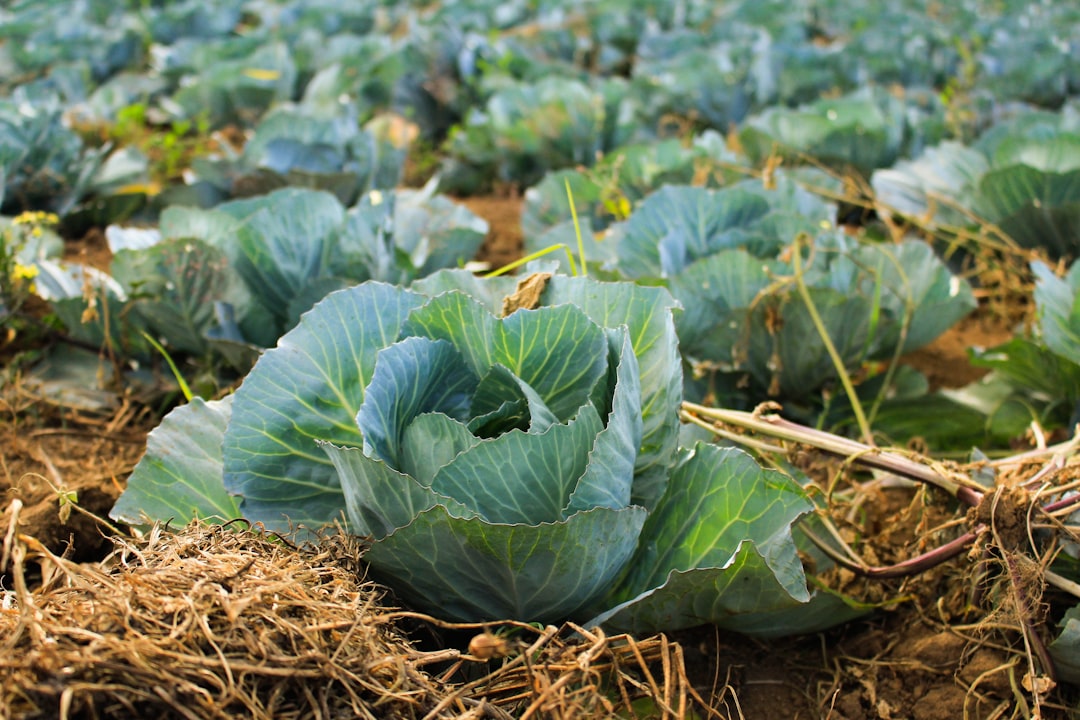Sauerkraut, a staple in German cuisine, is a fermented cabbage dish that has been enjoyed for centuries. Its production involves a combination of traditional techniques and modern technology, ensuring a consistent and delicious product. This blog post will explore the process of making sauerkraut, highlighting the key steps involved from preparation to packaging.
Preparation of Cabbage
The journey of sauerkraut begins with the selection of high-quality cabbage. The cabbage is typically harvested when it is firm and dense, ensuring it will hold up well during the fermentation process. Once harvested, the cabbage is cleaned and shredded into fine strands. Historically, this process was done by hand using a large grater, but modern production often employs machinery for efficiency.
Salting and Fermentation
After shredding, the cabbage is mixed with salt to create an environment conducive to fermentation. The salted cabbage is then placed into large fermentation tanks, where it is covered with water-filled cushions to apply pressure. This pressure ensures that the cabbage remains submerged, preventing the growth of unwanted bacteria and allowing lactic acid bacteria to ferment the sugars in the cabbage into lactic acid.
The fermentation process typically lasts about seven days, during which the cabbage transforms into sauerkraut. Regular checks are performed to ensure the acidity level is optimal, which is crucial for both flavor and preservation.
Packaging and Distribution
Once the fermentation is complete, the sauerkraut is removed from the tanks and prepared for packaging. It is filled into tins, jars, or pouches, which are cleaned with compressed air before filling. For some varieties, additional ingredients like white wine may be added before sealing the containers1.
Each package is labeled with a unique code, allowing for traceability and quality control throughout the distribution process. This ensures that any issues can be quickly identified and addressed.
Conclusion
The production of sauerkraut is a fascinating blend of traditional fermentation techniques and modern processing methods. From the careful preparation of the cabbage to the precise control of fermentation conditions, each step is crucial in creating this iconic German food product. By understanding these processes, we can appreciate the craftsmanship and dedication that goes into making sauerkraut a staple in many cuisines around the world.
Additional Insights: Other German Food Products
While sauerkraut is a unique product, other German foods like beer and sausages also have intriguing production processes:
-
Beer: German beer is renowned for its quality, with brewing processes that involve precise steps from malting to fermentation. The Hofbräu brewery, for example, uses a detailed 11-step process that includes wet milling, mashing, and fermentation to produce its signature beers.
-
Sausages: Traditional German sausages, such as Bratwurst, involve mixing ground meats with spices and stuffing them into casings. Modern innovations have led to the development of low-fat sausages by using proteins to replace fat, ensuring a healthier yet flavorful product.
-
Spätzle: This traditional German pasta is made from a dough of durum wheat semolina, which is cooked in boiling water and then sterilized for preservation. The process involves precise temperature control and treatment with calcium chloride solutions.
Each of these products showcases the blend of tradition and innovation that defines German food production.
Citations:
- https://www.hengstenberg.com/sustainability/sauerkraut_production
- https://www.hofbraeu-muenchen.de/en/brewery/brewing-process
- https://www.psseasoning.com/blogs/recipes/german-sausage
- https://patents.google.com/patent/DE10234656A1/en
- https://ucanr.edu/sites/camasterfoodpreservers/files/336329.pdf
- https://dafteejit.com/2015/12/19th-century-brewing-methods-in-germany-and-austria/
- https://cordis.europa.eu/article/id/110896-the-art-of-sausagemaking
- https://www.brewingscience.com/wp-content/uploads/2019/06/German-Brewing-Techniques.pdf
- https://en.wikipedia.org/wiki/Sp%C3%A4tzle
- https://ohioline.osu.edu/factsheet/hyg-5364

Comments
No comments yet. Be the first to comment!
You must be logged in to comment. Login